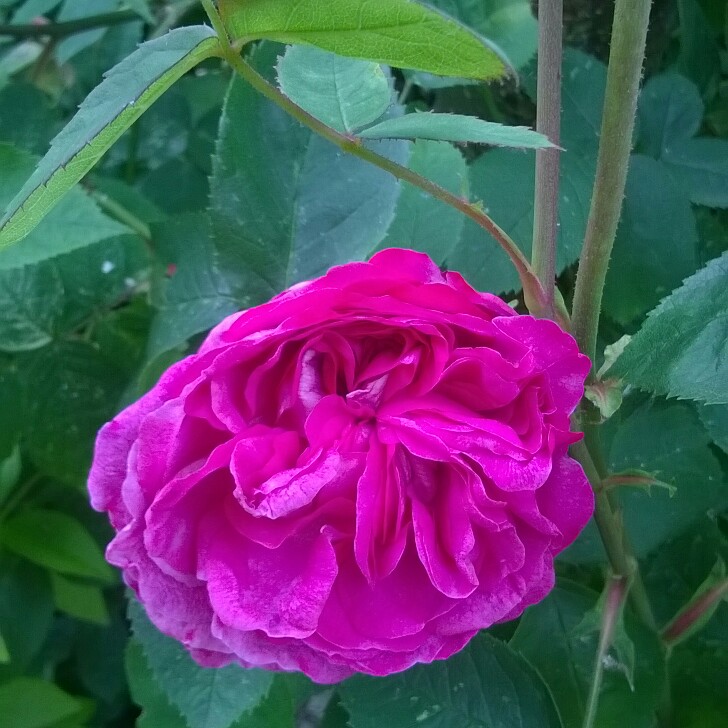
Rosa 'Sir John Betjeman'
Rose Sir John Betjeman
The flowers of 'Sir John Betjeman' open to full petalled, open rosettes of a very deep pink. As the flowers age, the blooms becomes dome-shaped and the colour intensifies and becomes darker. The flowering period is particularly long, often still blooming well into late autumn.
Contributed by @davieberg
-
Full sun
-
Occasional watering
-
Full Frost Hardy: 5F (-15°C)
-
Rich and free draining
Common name
Rose Sir John Betjeman
Latin name
Rosa 'Sir John Betjeman'
type
Deciduous Perennial
family
Rosaceae
ph
5.0 - 8.0 Acid - Neutral
Plant & bloom calendar
-
Best time to plant
full grown dimensions
 0.90 M
1.10 M
0.90 M
1.10 M
Rosa 'Sir John Betjeman'
The flowers of 'Sir John Betjeman' open to full petalled, open rosettes of a very deep pink. As the flowers age, the blooms becomes dome-shaped and the colour intensifies and becomes darker. The flowering period is particularly long, often still blooming well into late autumn.
Planting
From Late Autumn TO Late Spring
Prepare the planting site by digging over the bed and incorporate liberal quantities of well rotted manure or compost; lighten heavy clay soil with half rotted straw. Dress the top soil with plenty of peat mixed with hop manure and chopped up turf. Fresh animal manure is harmful to the roots and should only be used in the bottom spit. Where possible, prepare the planting site a few weeks in advance. Do this in late summer for planting in autumn. Plant at any time between late autumn and late spring. Prepare a planting mixture of bone meal and moist peat. Spread out the roots in the planting hole and add the planting mixture until the roots are covered. Add soil and firm in the plant by treading.












